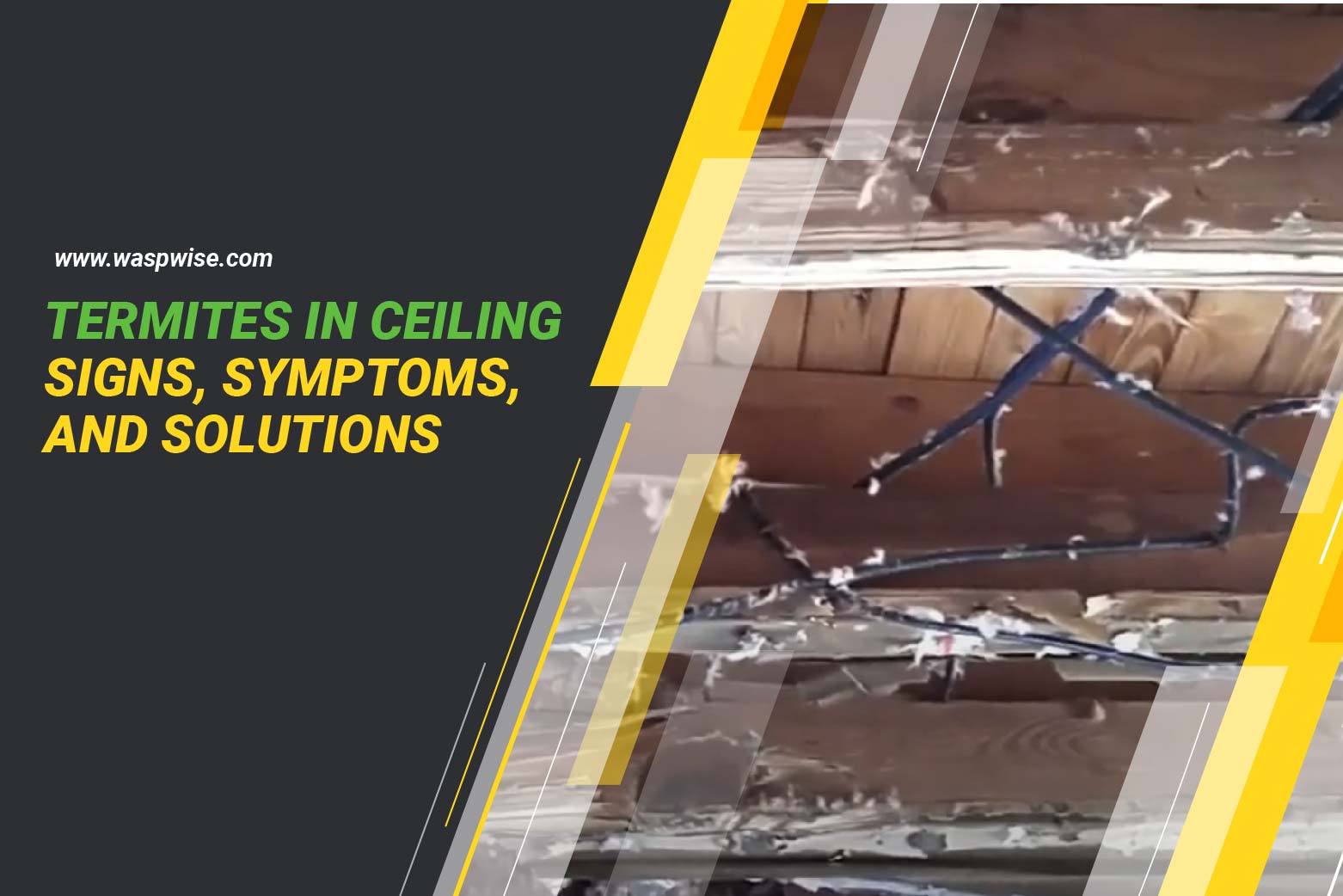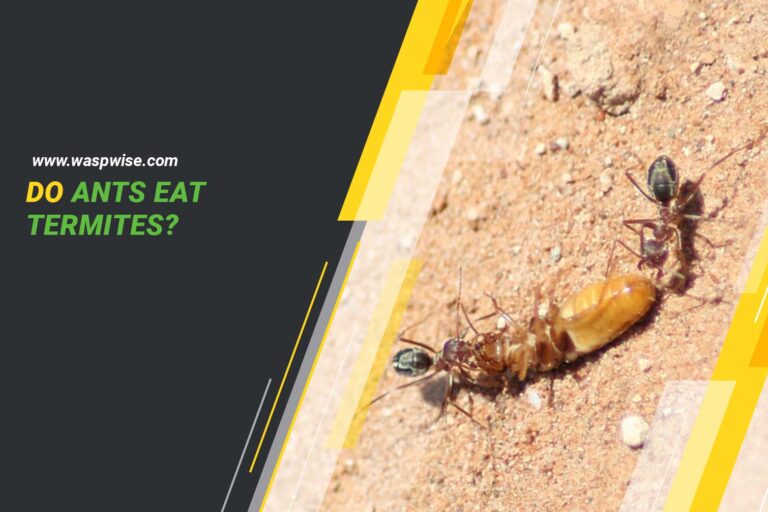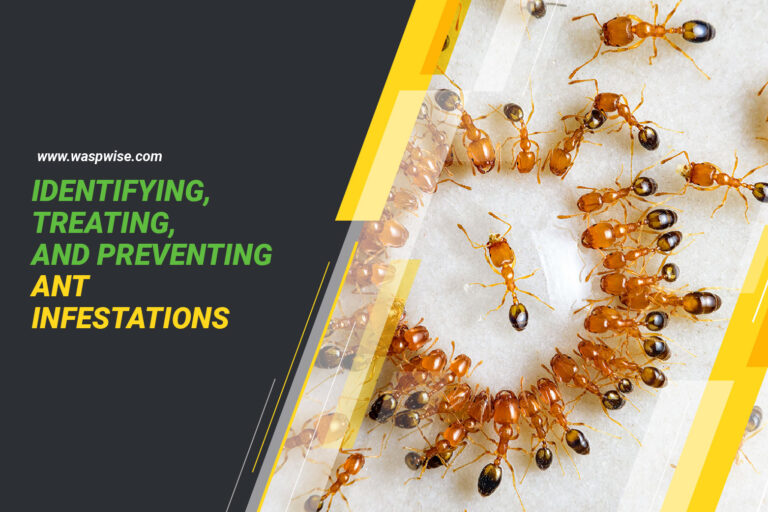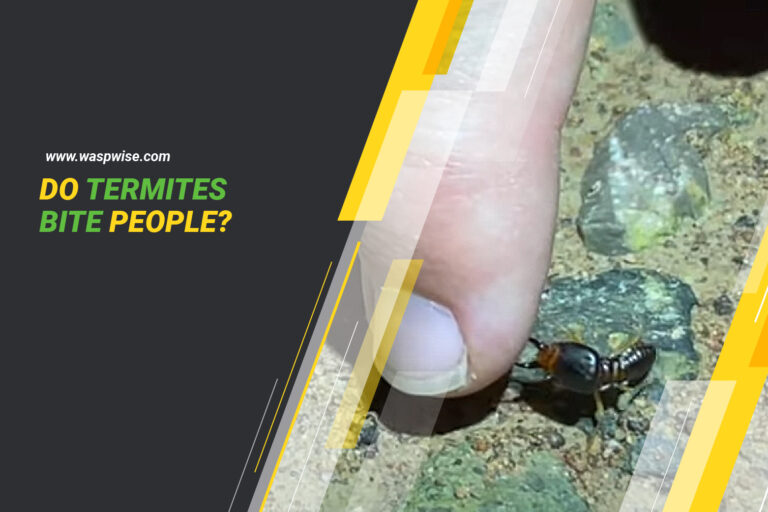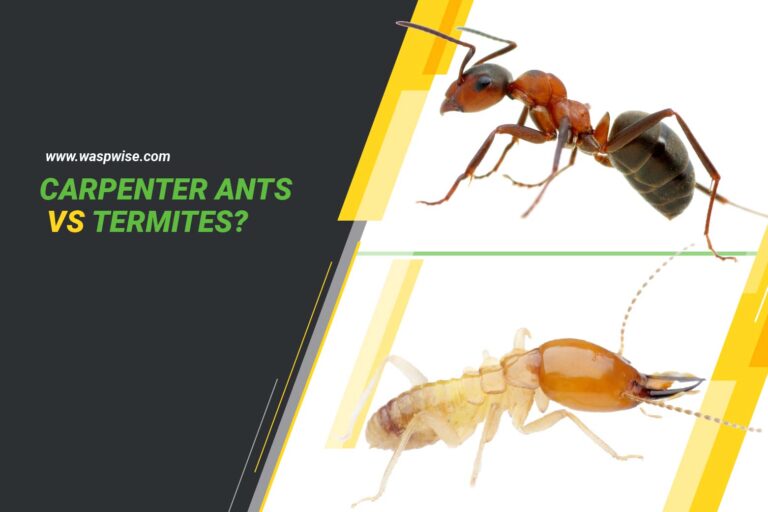TERMITES IN CEILING: SIGNS, SYMPTOMS, AND SOLUTIONS FOR HOMEOWNERS
Termites – those tiny, wood-munching insects that strike fear into the hearts of homeowners everywhere. And if you thought termites were only a problem for your walls and floors, think again.
TERMITES: THE SILENT DESTROYERS
Termites can enter your home through even the tiniest cracks and gaps, and once they’ve made their way inside, they can cause significant damage to the structural integrity of your home.
The problem with termites is that they’re sneaky. They can go undetected for months or even years, silently munching away at your home’s support beams, walls, and, yes, even your ceiling. That’s why it’s essential to be aware of the signs and symptoms of termites in ceiling and take action quickly if you suspect an infestation.
SIGNS AND SYMPTOMS OF TERMITES IN CEILING
- Appearance of termite tubes or mud tunnels – Termites build tubes or tunnels made of mud to move around without being exposed to the air. These tubes can be found along walls, floors, and even ceilings.
- Piles of frass (termite droppings) on the floor or furniture – As termites eat away at the wood in your ceiling, they leave behind droppings, which can look like tiny pellets. If you find piles of frass around your home, it’s a sign that termites are active in your ceiling.
- Cracking or bubbling paint on the ceiling – As termites eat away at the wood in your ceiling, the paint may start to crack or bubble. This can be a sign that there’s damage behind the surface.
- Hollow-sounding or sagging ceiling – If your ceiling sounds hollow when you tap it or is sagging in certain areas, it could be a sign of termite damage.
If you notice any of these signs, it’s essential to call a pest control professional as soon as possible. They can confirm whether or not you have a termite problem and recommend the best course of action.
CAUSES OF TERMITES IN CEILING
Termites are attracted to three things: moisture, wood-to-soil contact, and attractive food sources. Here’s a closer look at each of these causes:
- Moisture problems in the home – Termites need moisture to survive, so if you have any water leaks or moisture problems in your house, you could be inviting them in.
- Wood-to-soil contact – When wood is in direct contact with the soil, it creates an easy pathway for termites to enter your home. Make sure any wooden structures around your home are elevated and not in direct contact with the soil.
- Attractive food sources for termites – If you have untreated or rotting wood in your home, you’re essentially serving up a feast for termites.
TREATMENT OF TERMITES IN CEILING
When it comes to treating termites in the ceiling, there are a few different options to consider.
Liquid termiticides are a common treatment method, and they work by creating a barrier around your home’s foundation to prevent termites from entering.
Bait systems are another option, and they work by luring termites away from your home and into a bait station, where they’ll consume poison and die.
Fumigation is a more aggressive treatment option, and it involves sealing your home and filling it with a gas that kills all termites inside.
Choosing the right treatment option for your home will depend on a few different factors, including the severity of the infestation, the location of the termites, and your personal preferences. It’s always a good idea to consult with a pest control professional to determine the best course of action.
CONCLUSION
In conclusion, termites in the ceiling can be a serious problem for homeowners. By knowing the signs and symptoms of an infestation, understanding the causes, and taking preventative measures, you can help protect your home from these destructive pests. And if you do find termites in your ceiling, don’t panic! With the right treatment, you can eliminate the infestation and restore your home to its former glory.
Remember, termites may be tiny, but they can cause big problems. So stay vigilant, keep your home dry and free of wood-to-soil contact, and always seek the advice of a pest control professional if you suspect you have a termite problem. Your home (and your wallet) will thank you!
And there you have it – everything you need to know about termites in the ceiling. We hope this article has been informative and helpful. If you have any questions or comments, feel free to reach out to us. Happy termite hunting!

